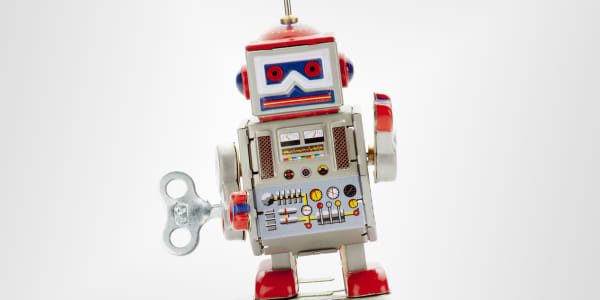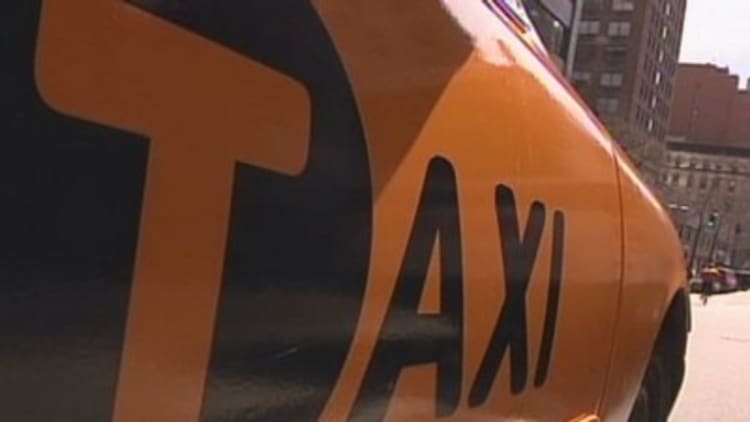

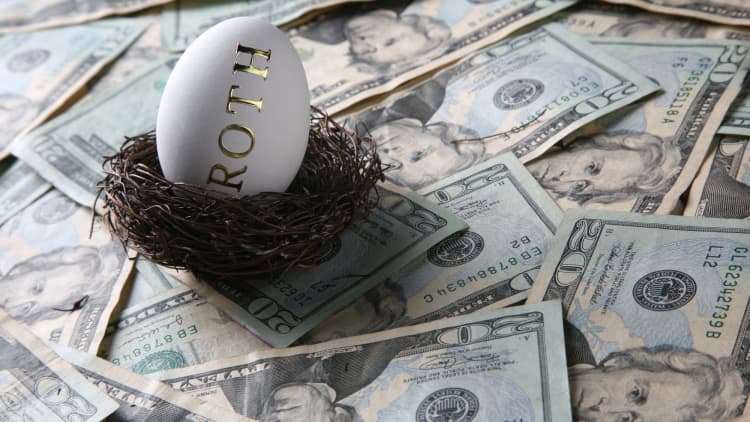

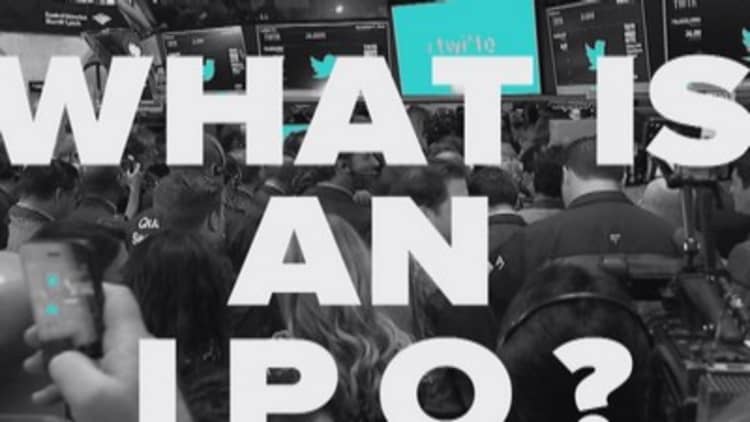


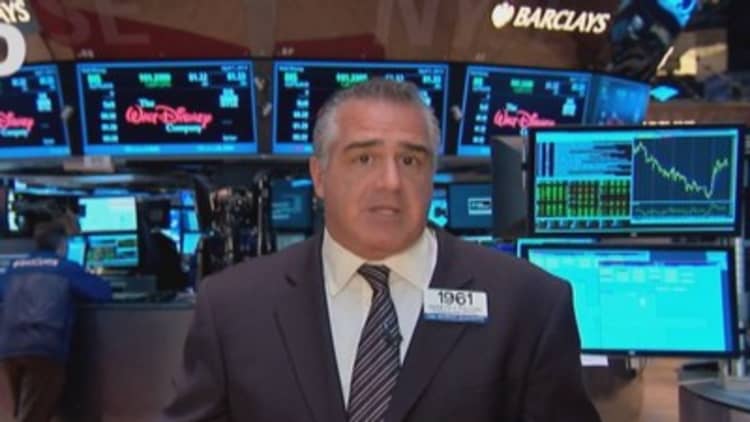
The debate over why taxis should be regulated is heating up as alternative newcomers like Lyft— an on-demand peer-to-peer riding service—gain popularity in cities like New York.
Recently, the issue came to a head when Lyft nixed plans to offer free rides to New Yorkers to gain marketshare. It's easy to understand why. The Big Apple's yellow taxi industry provides over 450,000 trips a day. At an average of $15 a ride, that means that New Yorkers spend $7.5 million each day on yellow taxi fares.
The Taxi and Limousine Commission has major concerns about the ride share service, especially the safely of the riders and the marketing promotion has been put on hold (at least for now).
Regulations ensure that vehicles are safe. Every taxi vehicle needs to undergo a 200 point inspection, three times a year.
In addition, regulations ensure that your driver is qualified and remain qualified. In order to become a NYC taxi driver, you must: be at least 19 years-old; pass a criminal background check, go to taxi school and pass an exam to show you are proficient in English and knowledge of New York City streets.
Regulations also allow customers to safely pay by credit card or smartphone and make the NYC taxi experience the gold standard for the nation.


